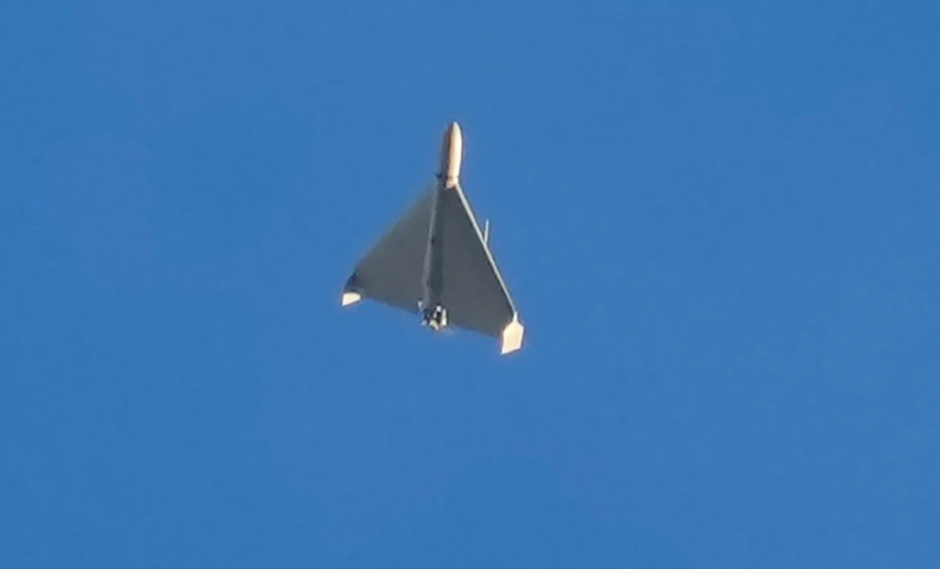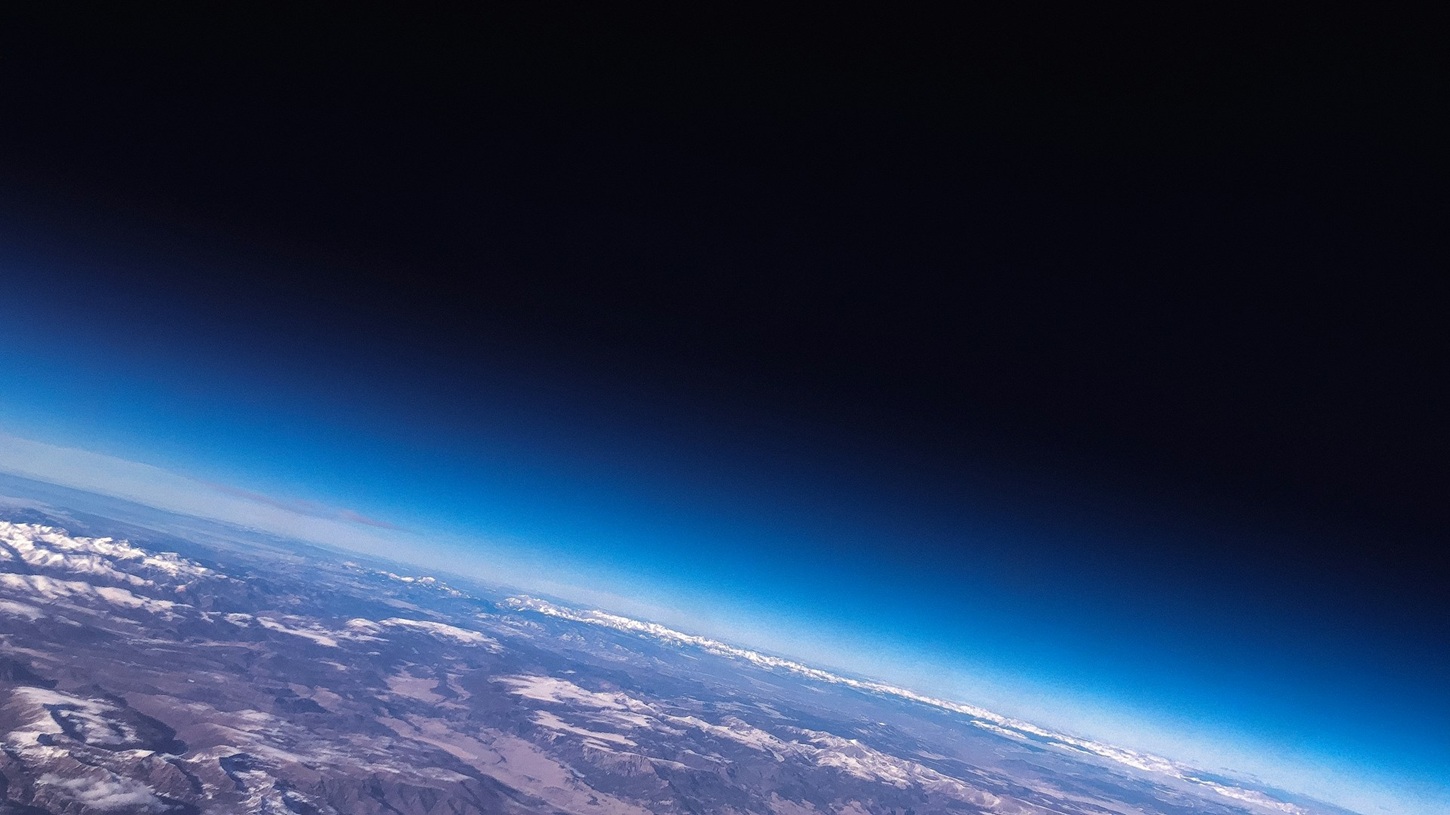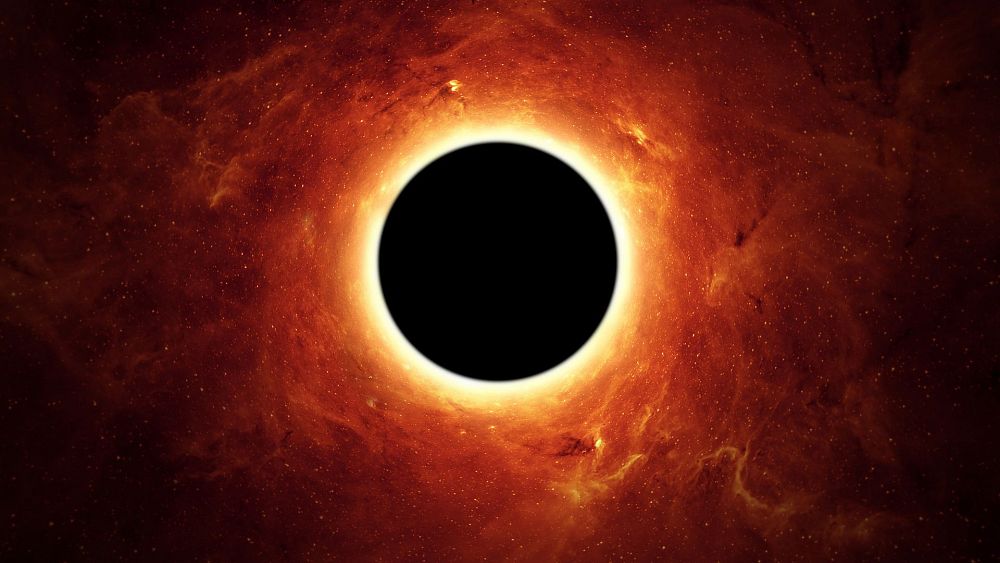The closest such object to Earth is believed to be 1,560 light-years away, but according to a new study, there may be many other objects just a tenth, or 150 light-years away.
It was published in the Monthly Notices of the Royal Astronomical Society Stady Its authors concluded that black holes could be much closer than previously thought, at a distance of only 150 light-years.
Based on data from the European Space Agency’s (ESA) Gaia mission, scientists have so far believed that the two closest known black holes are Gaia BH1 and Gaia BH2, located 1,560 and 3,800 light-years from Earth, respectively.
There may be several of them in or near the Hyades star cluster
Using simulations, scientists from the University of Padua and the University of Barcelona tracked the movement and evolution of stars in the open Hyades cluster, which is about 150 light-years away.
An open star cluster is a group of hundreds or thousands of stars that are loosely bound together by gravity and that share certain characteristics, such as their age or chemical composition.
The simulation results were compared with the actual positions and velocities of stars in the Hyades, which were precisely determined from observations made by the European Space Agency’s Gaia satellite.
“Our simulations are able to match the mass and volume of the Hyades at the same time only if multiple black holes are present or located at the center of mass.” – says Stefano Torniamenti, a postdoctoral researcher at the University of Padua, one of the authors of the study.
The Hyades cluster’s current properties were reproduced best when two or three black holes were included in the simulations, although the researchers say simulations that included objects “ejected” from the cluster also gave a good match.
The results indicate the presence of black holes in the cluster, or very close to it. If the calculations are confirmed, the objects will become the closest black holes to our solar system.
“This observation helps us understand how the presence of black holes affects the evolution of star clusters and how star clusters interact with gravitational wave sources.” – said Mark Gillis, from the Department of Quantum Physics at the University of Barcelona.
What is a black hole?
Most black holes are thought to originate from massive stars that have undergone a supernova explosion, their mass collapsing in on themselves, shrinking to smaller and smaller sizes, until they eventually become an object so dense that even light cannot escape its gravity.
Because black holes cannot be observed directly using current technology, their existence is usually inferred by studying their effect on other matter nearby. For example, if a black hole rips apart a star passing by, this process produces X-rays that become detectable.
Research on black holes accelerated after the discovery of gravitational waves in 2015, which were attributed to the collision of two black holes 1.3 billion light-years away.












































